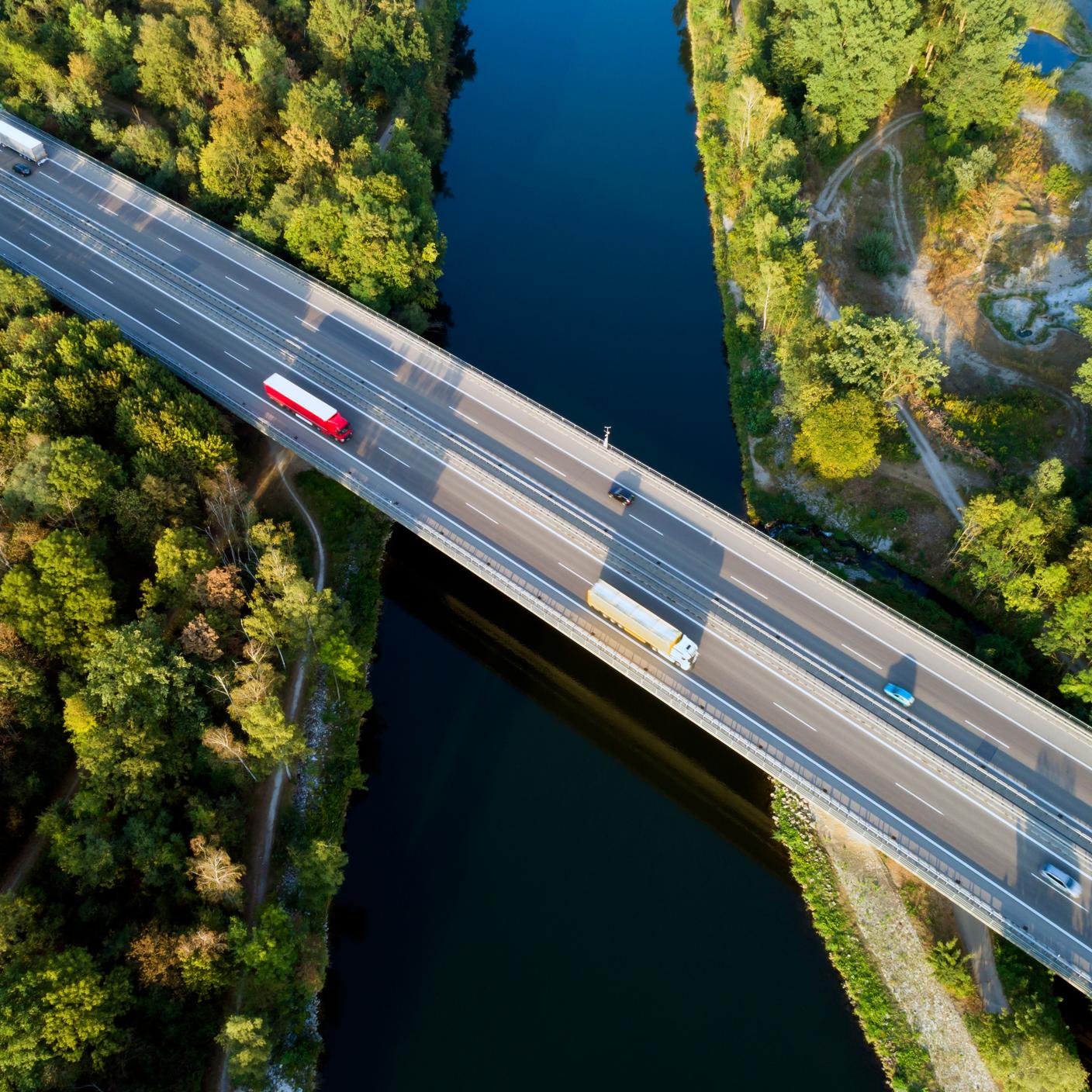The aviation sector has been transporting people on commercial flights since the very first passenger plane took to the skies in 1914, in St Petersburg, Florida. Since then, we have become increasingly aware of the impact aviation has on the planet.
Aviation typically uses petroleum-based jet fuels, including unleaded and naphtha-based kerosene, both of which contribute towards climate change through CO2 and non-CO2 emissions.
Now that the world is focused on accelerating progress on sustainability, how can aviation join the ranks of other modes of transport working towards a greener future?
How can aviation become sustainable?
The fuels currently used by the aviation industry are largely dependent on petroleum, derived from fossil fuels and therefore not a sustainable long-term option.
In fact, estimates have predicted there are enough crude oil reserves globally to last for fewer than 50 years. That’s why finding a sustainable option for jet fuel is crucial for the future of aviation.
But there are more things to consider than just fuel. Action has been taken recently with some countries, including France, banning short-haul flights.
The UK has raised the Air Passenger Duty (APD) for short-haul flights in an attempt to curb flying behaviours and reduce the environmental impact of unnecessary flights.
These steps can help accelerate progress towards a future of sustainable aviation, but there is still a lot of work to do, and your organization can help.
Lofty goals: soaring to reach net zero by 2050
Like many industries, aviation has a goal to reach net zero by 2050.
According to the International Air Transport Association (IATA), the global aviation industry could account for 21.2 gigatons of carbon dioxide (CO2) emissions by 2050 on a "business as usual" trajectory. This would be equivalent to 2.4% of global greenhouse gas (GHG) emissions in 2050.
Globally, various organizations are collaborating on innovative initiatives to drive the aviation industry towards a more sustainable future.
Among these efforts, The Department for Transport (DfT) is working with the Catapult Network on the Zero Emission Flight Infrastructure (ZEFI) programme, which is supporting the UK Government’s Net Zero commitments. Together, the organizations are aiming to introduce the first hydrogen-fueled aircraft as early as 2024.
The majority of the carbon in aviation is in the supply chain. The aviation sector has an opportunity to lead the way by working with organizations to lower their Scope 3 emissions – these can form up to 70% of an organization’s carbon footprint.
Here’s a closer look at the groups involved in creating sustainable aviation and an overview of the actions they can take to travel towards decarbonization and zero-emission flight.
Alternative energy
There are several options for creating sustainable aviation via alternative energy sources.
- Sustainable Aviation Fuel (SAF) is a biofuel made from sustainable organic resources called feedstocks. According to McKinsey, several airlines globally have committed to SAF volumes of 10 to 30% of total jet fuel used by 2030.
- e-Kerosene is a synthetic form of kerosene and is a blend of hydrogen and carbon dioxide. It is thought to be more scalable than SAF.
- Batteries will require a large amount of infrastructure for recharging but are another potential route to zero-emission flight.
The Trifecta of Sustainable Aviation
1. Aircraft
The aircraft involved in zero-emission flight will be an important consideration on the path to Net Zero.
According to the Catapult Network, a consortium of organizations and businesses known as the New Aviation Propulsion Knowledge and Innovation Network (NAPKIN), has projected that the whole UK regional aircraft fleet can be replaced with zero emission aircraft by 2040.
However, there’s not just passenger aircraft to consider, as military aircraft are also contributors to carbon emissions from aviation.
The RAF has its own goal of Net Zero by 2040 and in 2022 carried out its first flight with an RAF Voyager aircraft powered exclusively by SAF.
2. Airlines
Individual airlines have responsibilities and decisions to make around their own commitments to decarbonization and Net Zero.
The EU has introduced Destination 2050, an initiative focused on four key measures to achieve tangible reductions in CO2 emissions:
- Improved aircraft technology: reduction of 37%
- Using SAFs: reduction of 34%
- Introducing economic measures: reduction of 8%
- Improving air traffic management: reduction of 6%
3. Airports
Finally, airports themselves have a role to play in reducing CO2 emissions for more sustainable aviation. They can tackle this by becoming more energy efficient.
According to Electro Industries, airports use up to 180 kWh of electricity every year and terminals use around 60% of that figure.
With many airports made up of a mixture of older buildings and newer facilities, bringing the whole airport in line could be crucial for a sustainable future.
Some airports are already tackling this issue by using sustainable energy sources, including wind, hydro, solar and geothermal energy sources.
The future of sustainable aviation
There are many issues at the heart of creating a sustainable future for aviation. With multiple policies and programmes in place, and ambitious targets to hit, it’s a huge challenge in a complex global sector.
We’re focused on supporting the sustainable aviation transition, including a Net Zero emission flight infrastructure.







